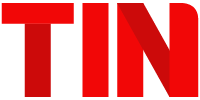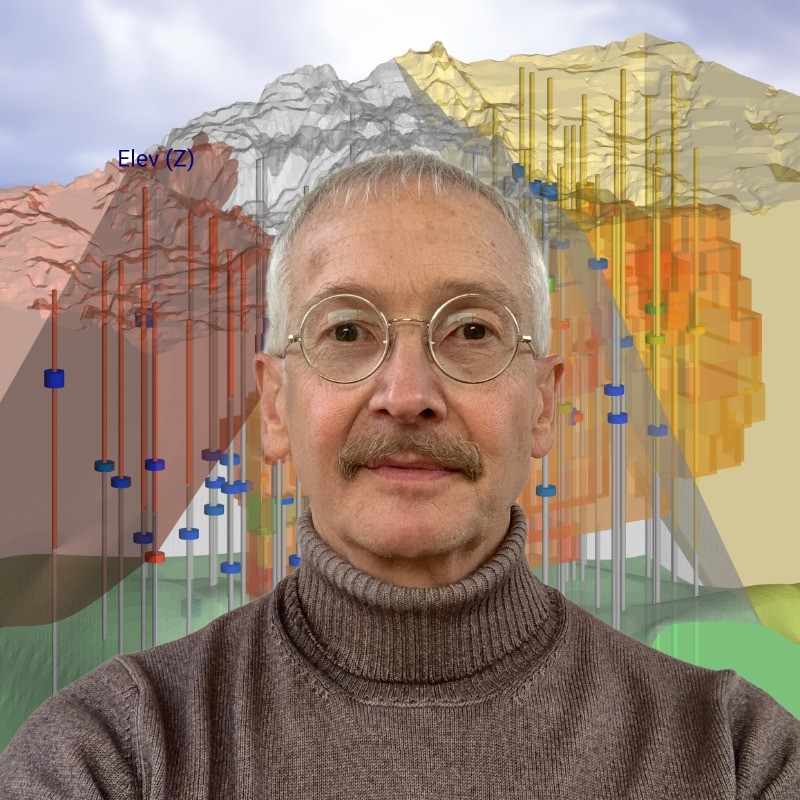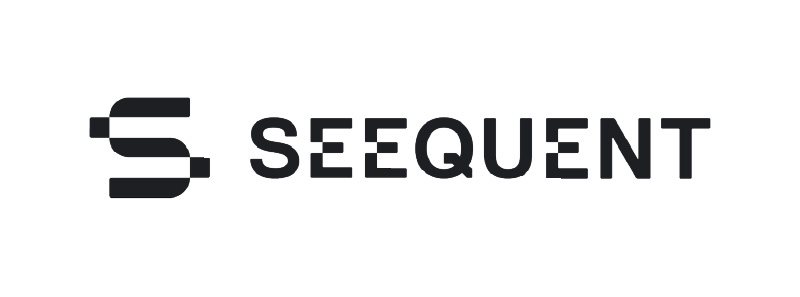Dr Thomas D. Krom explains how Seequent’s software tackles the challenges and risks the planet faces.
Seequent’s vision is to “Understand the underground to build a better world.” Can you explain what this means in practice?
Seequent builds world-leading technology that is at the forefront of Earth sciences, transforming the way our customers work through a better understanding of the underground.
Every day, in over 150 countries, we’re helping customers develop critical mineral resources more sustainably, design and build better infrastructure, source renewable energy, and reduce their impact on the environment.
It’s becoming clear that climate crisis solutions must be led by business, not just government. What is Seequent’s contribution to this global problem?
According to the World Economic Forum (WEF) Global Risks Report 2024, Earth Science-based risks (including extreme weather events; critical changes to Earth systems; biodiversity loss/ecosystem collapse, and natural resource shortages) are the most severe challenges we currently face.
With the help of innovative technologies, we can help tackle some of these challenges and risks.
“Underpinning …climate change challenges is Seequent’s main mantra: a better understanding of the underground is the foundation for a more sustainable, resilient future,” says Seequent Segment Director for the Environment, Dr Thomas D. Krom, who shared his thoughts following his attendance at COP 28.
“Our goal as software providers is to create tools that make adaptation and mitigation more cost-effective, essentially lowering that barrier to entry,” says Krom.
The WEF Global Risks Report 2024 lists water scarcity as a top global environmental challenge. How can technology and data-driven transparency help?
Technology can be a great tool to facilitate more openness about water resources and improve understanding of them. Finding clean water for parched communities across Central America, Africa and India and better-managing saltwater intrusion in a Spanish seaside town are great examples of how Seequent subsurface software can help.
Krom says, “Today’s challenges often require novel solutions, and we understand that transparent communication is crucial for achieving buy-in across multiple stakeholders. Digital twins (3D models of real-world infrastructure, such as a dam or natural system like an aquifer) can be used to plan new activities, share expectations for future conditions and also disseminate real-time data.”
“Regulators have found our immersive environments powerful tools for engaging non-technical stakeholders about groundwater pollution risk. And our software users tell us that being able to show their data in visually engaging ways helps create trust and awareness when communicating with the public.”
“As the effects of climate change continue to escalate, we need to accelerate the access and usability of these kinds of innovative technologies. It’s crucial to be both transparent and inclusive across data, plans and operations for a better collective understanding of natural resources.”


